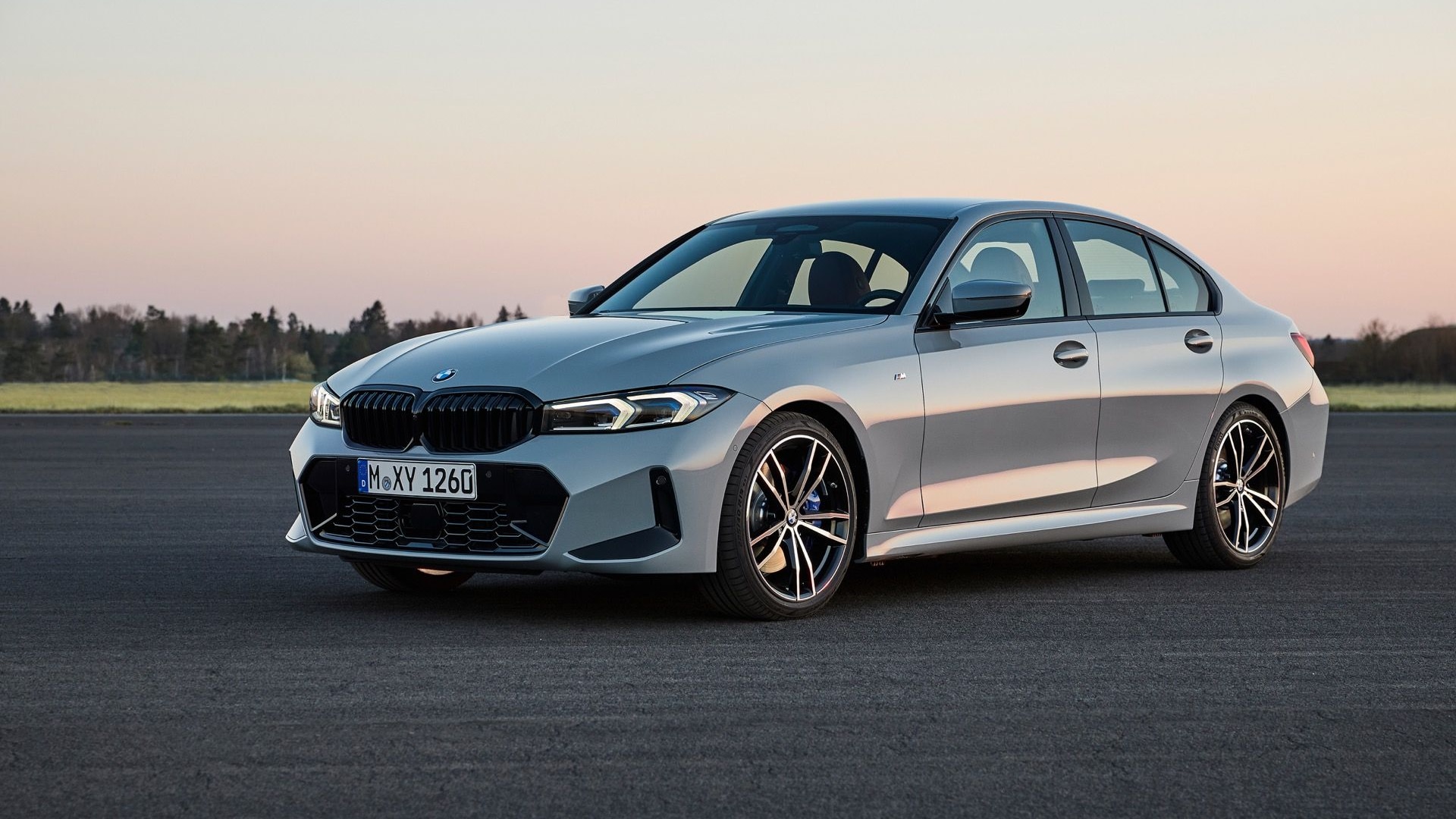When enthusiasts think German sports car, they often think BMW M3, and there's a good reason for that. The M3 came to life as a race car first, and a street car second.
Donut Media's latest "Up to Speed" episode focuses on the M3 and traces the iconic sports car's history back to its DTM racing days of the 1980s. DTM, or Deutsche Tourenwagen Masters, bound any competitor to homologation regulations. DTM required 5,000 road cars to enter the series. Therefore, after Mercedes-Benz showed up to dominate the series, BMW needed to not only build a race car, but a car it could sell to the public. It already had the 3-Series, but it needed to thoroughly enhance the sedan to ensure success.
CHECK OUT: The Story Behind The E30 M3: Video
Enter M, which, incidentally, stands for Motorsport. M threw away all but four body panels from the standard 3-Series and reworked almost every vehicle component. It started with the brand's iconic inline-6 engine plucked from the M1 supercar, but found it a bit too heavy for the little sedan. So, it lopped off two cylinders and had a working prototype ready in two weeks. Think about that for a second. All of the engineering for what was technically a new engine was finished in two weeks. The 200-horsepower inline-4 decimated at DTM and achieved BMW's goal to shame Mercedes-Benz.
BMW originally estimated it would have trouble selling 5,000 units of the M3, but instead, it sold 18,000. The M3 progressed through the E36, E46, E90/92, and today's F80 generations. The E46 generation sold some 85,000 units. That's a far cry from the 5,000 BMW didn't think it could sell in the beginning.
To this day, the M3 remains a driver's choice in the sport sedan pack, despite countless rivals. Donut Media makes the point that the M3 hasn't necessarily forged new technology, but it has just excelled at being at great car. That makes the M3 the very essence of BMW's longtime ethos, the "ultimate driving machine."


